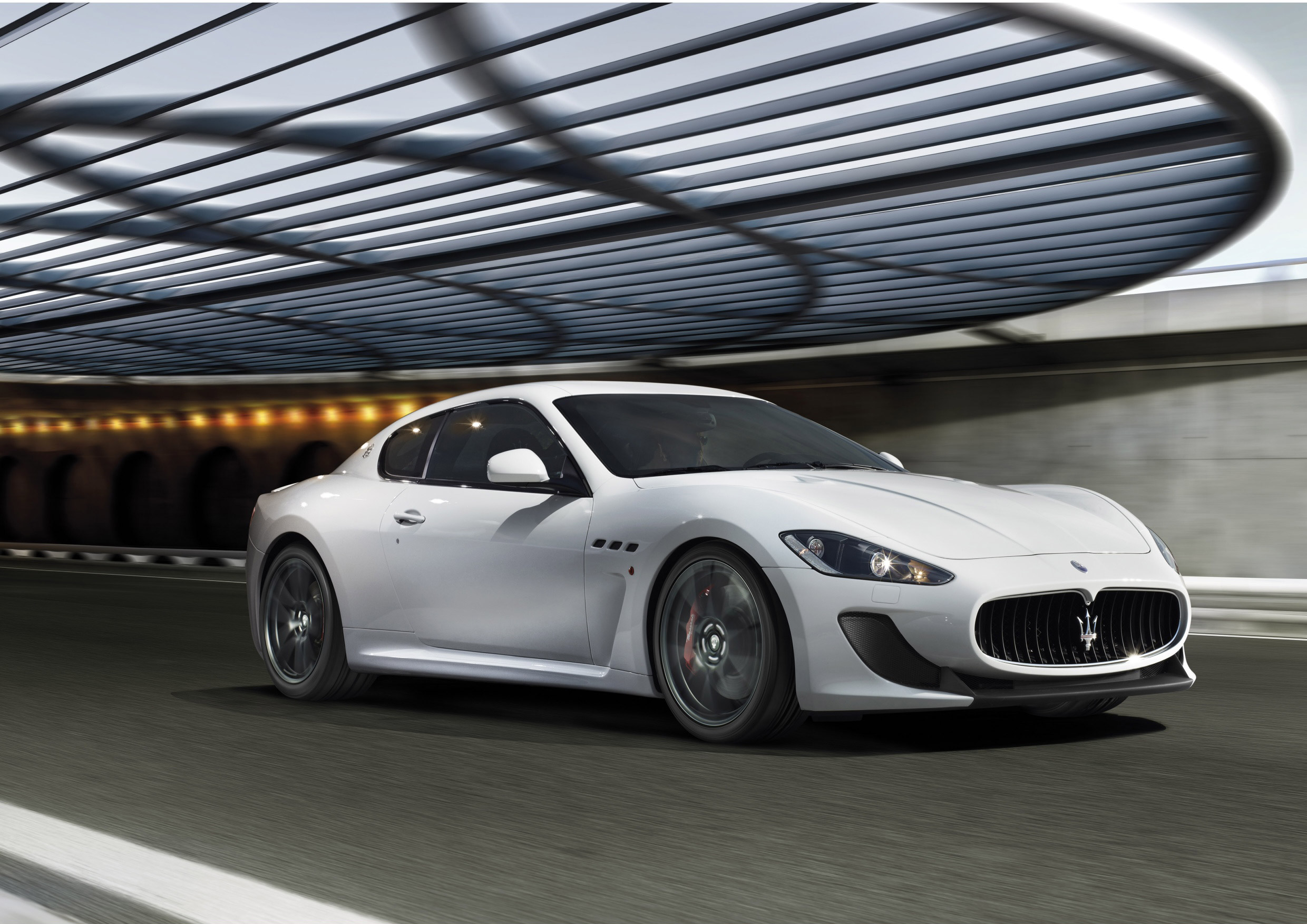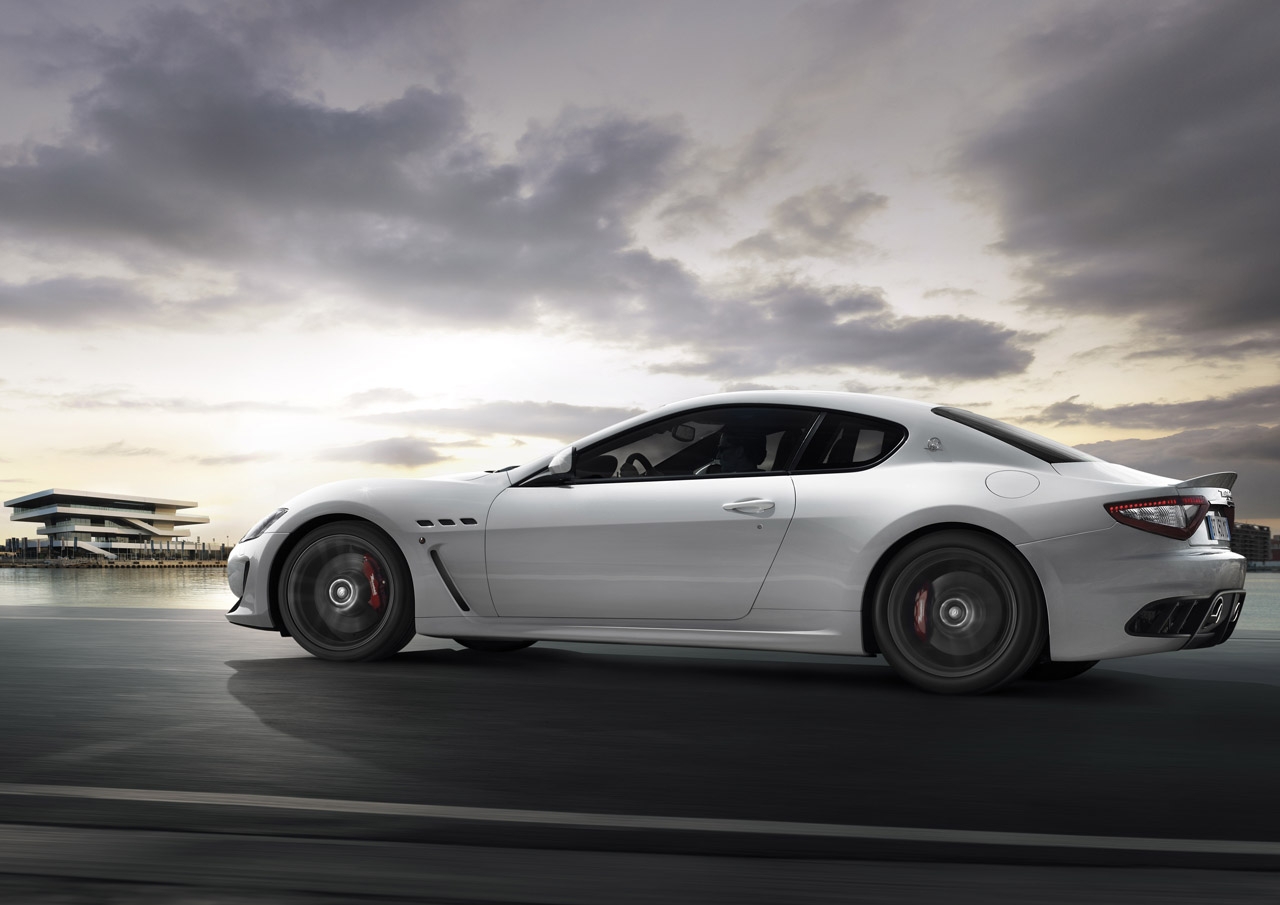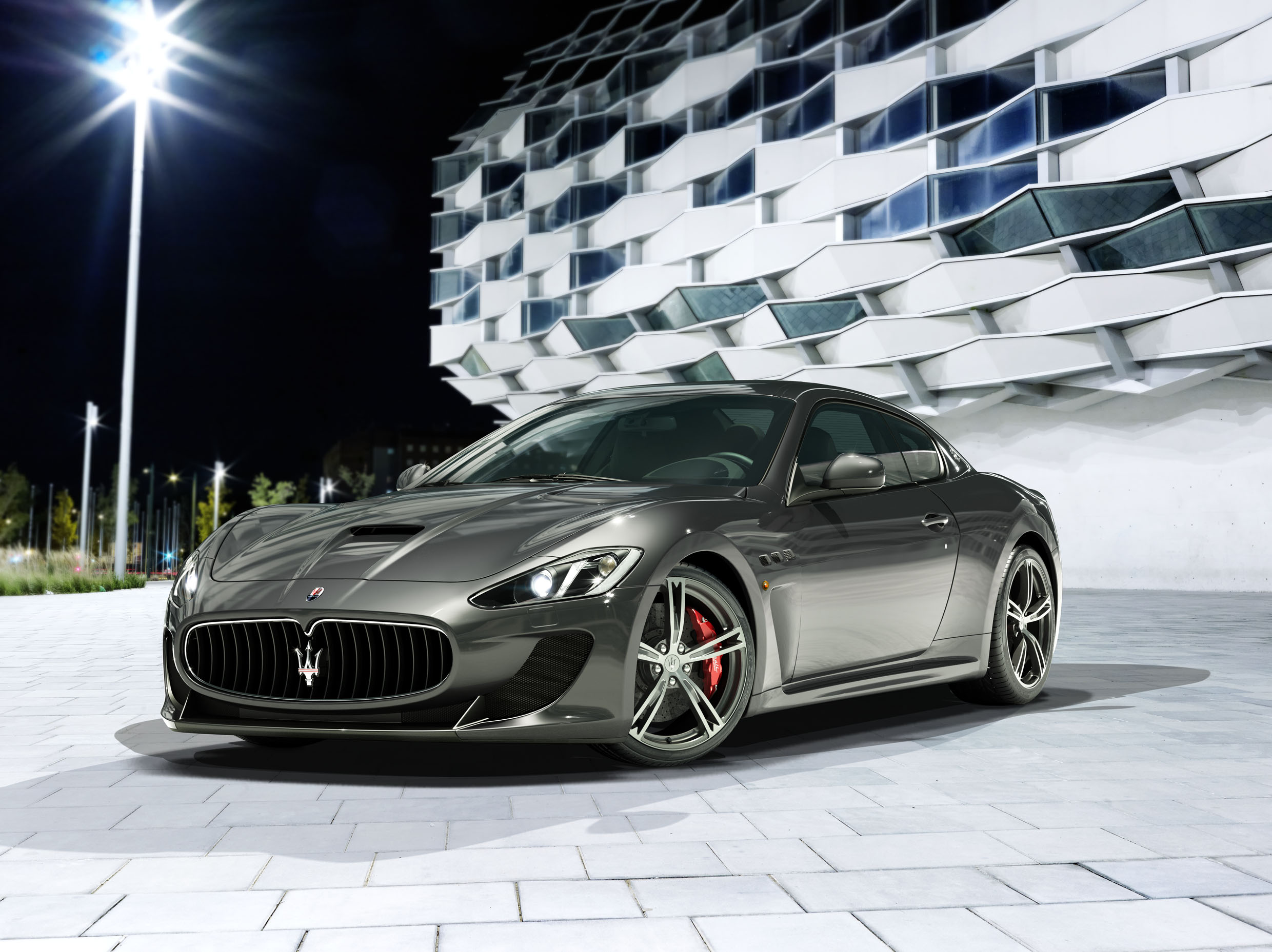 I came in blind. I don’t often come in blind these days, so it was actually kind of nice for a change. You see, I’d never driven a Maserati before in my life for no good reason other than circumstance. Of course, I’m familiar with the line-up; in fact, I was more than just familiar, I was full of yearning.
I came in blind. I don’t often come in blind these days, so it was actually kind of nice for a change. You see, I’d never driven a Maserati before in my life for no good reason other than circumstance. Of course, I’m familiar with the line-up; in fact, I was more than just familiar, I was full of yearning.
From the time the modern version of the Quattroporte first appeared in public, I was full of admiration for the car’s striking design; from the moment the GranTurismo made its debut, I couldn’t stop myself from stopping and staring whenever one drove by.
Along with my appreciation for Maserati design came the fear that once I did manage to drive an example, I’d be disappointed. My impression of the brand was that it was a watered-down version of Ferrari, a collection of cars that looked quick, but weren’t all that quick when it came down to it.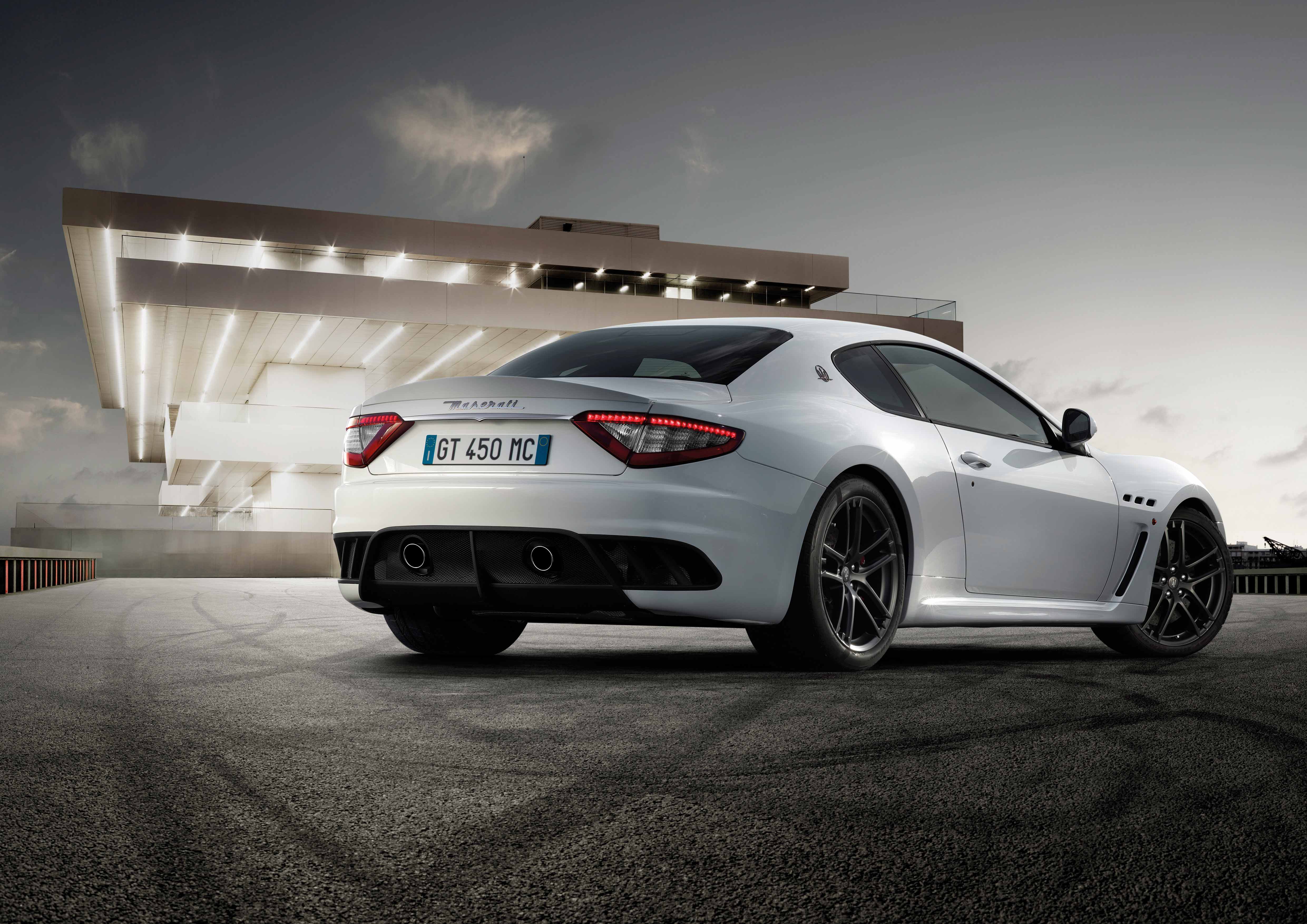
For me, Maserati was the supermodel of the exotic car set – you know, the one who looked great initially, but didn’t look so great when she started to talk. Then, we finally met.
The setting was the small town of Balocco, some 80 km west of Milan in the northwesterly part of Maserati home turf. This town is known, mainly, for the Circuito di Balocco, an old Alfa Romeo proving ground that was built in the early 1960s. But in a cruel twist of fate, the raciest of the Maseratis we were there to drive – the 2014 GranTurismo MC Stradale – was reserved for the roads surrounding the facility.
No matter: For this test, I played the diplomatic immunity card and did my utmost to sample the performance of the Maserati while staying within the vicinity of local laws.
First, a disclaimer: The version tested is the European-spec GranTurismo MC Stradale, a road-going version of the company’s production-based racer. The differences between this car and the one we receive in North America – dubbed, simply, the GranTurismo MC – are significant.
The Stradale features Brembo carbon-ceramic brake discs, for one, whereas the GT MC here makes do with Brembo steel discs. The bigger difference, though, is with the transmission: The Euro version spotlights a racy, six-speed, electro-actuated direct-shift automatic; the American model employs a ZF six-speed automatic.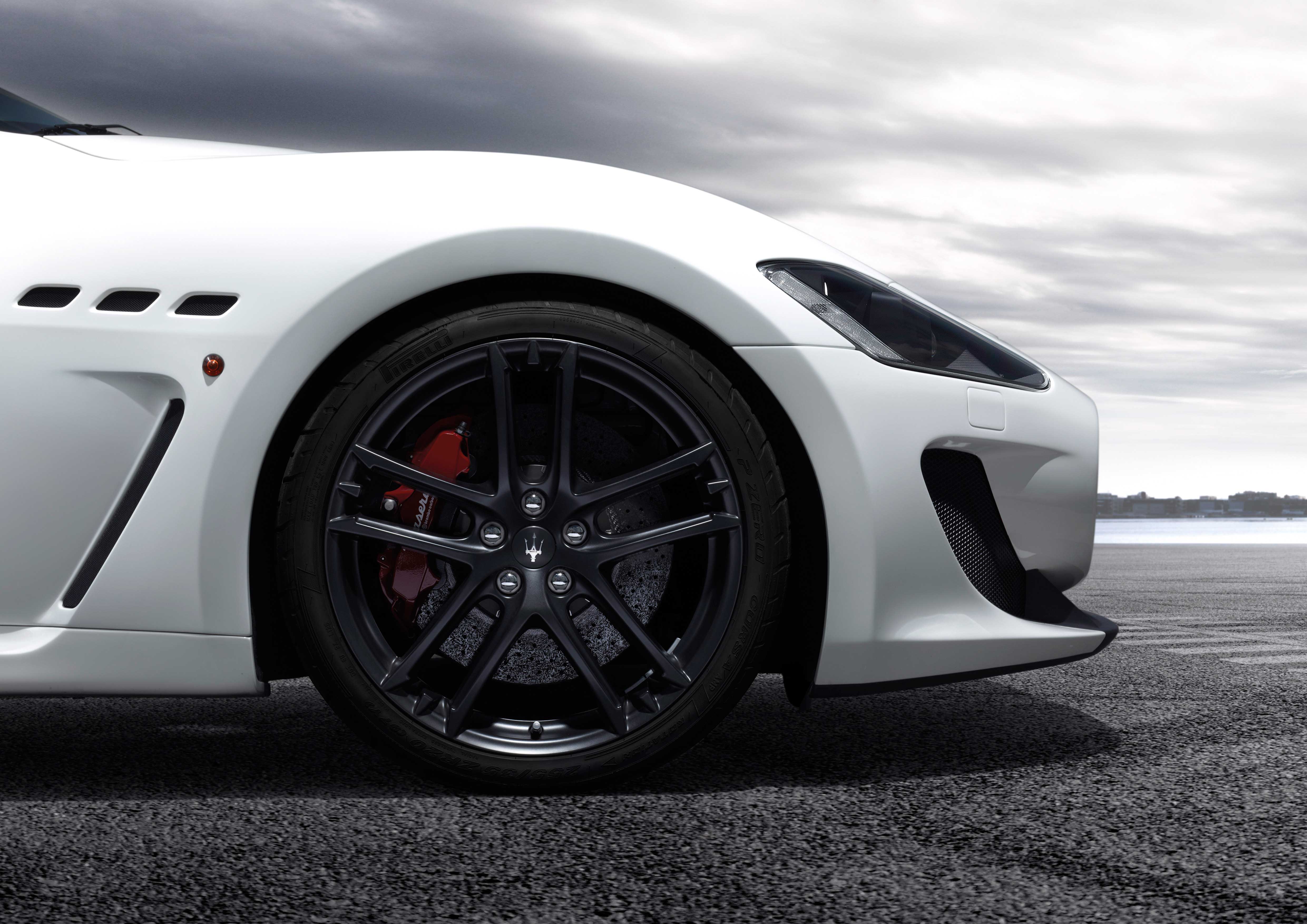
I had the good fortune to sample both transmissions (we drove the GranTurismo Convertible with the ZF) and, although the direct-shift number is not massively quicker, it does convey that visceral, guttural feeling with each shift that a “standard” automatic would never be able to approximate. The transmission just begged for the driver to take the next gear – up, down, sideways, it didn’t matter.
Apart from these differences, the two versions of the GT MC are mirror images of one other. Under the carbon fibre hood resides a 4.7-litre V8, a 454-horsepower motivator built by Ferrari at the home office in Maranello. This engine loves to be revved to its limit and, when combined with that direct-shift transmission, the net effect is a very involving, very kinetic driving experience.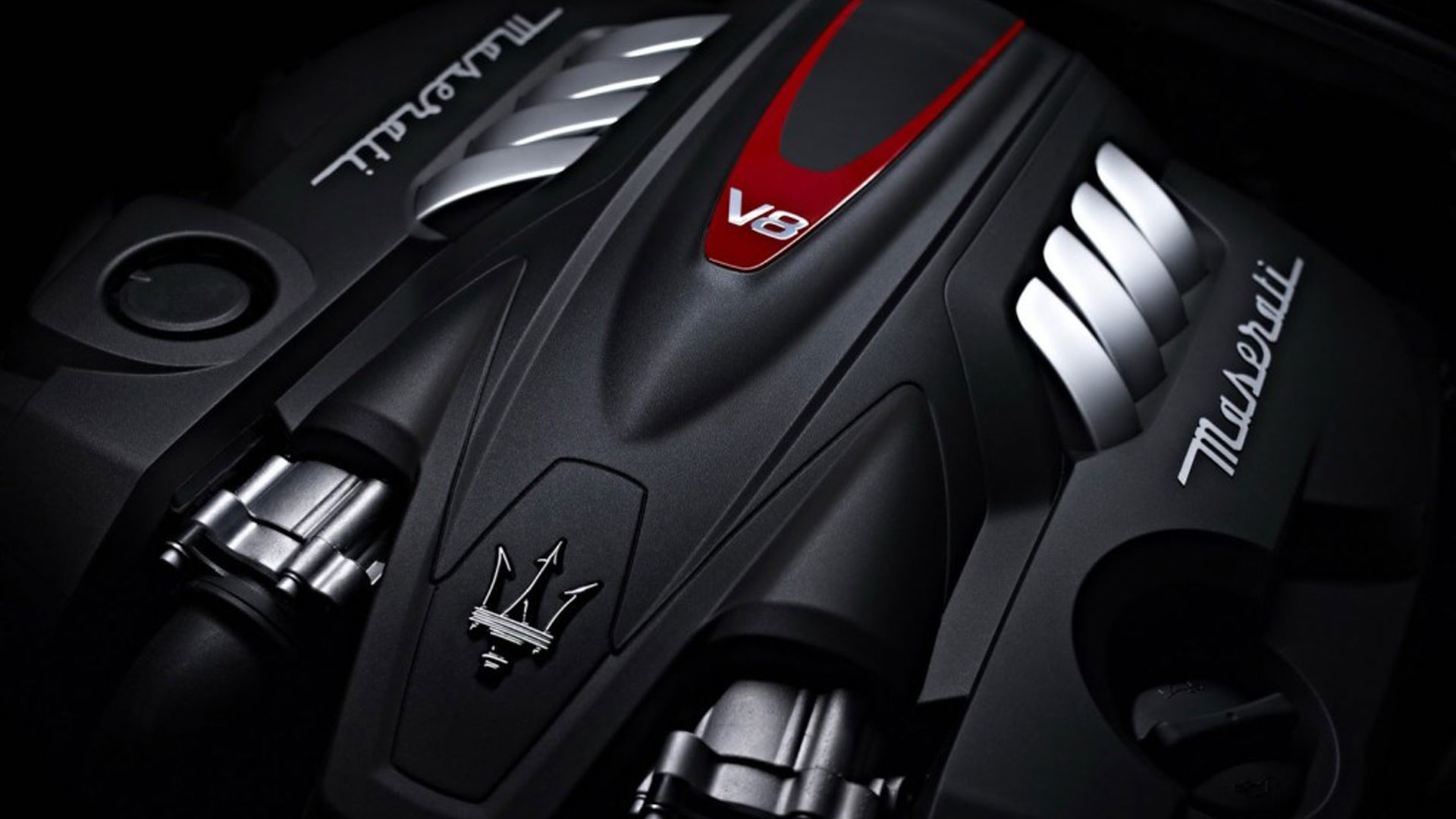
Without the benefit of track time, it’s impossible to comment on how well the Maserati performs at the limit. The carbon ceramic brake discs certainly felt capable. The GT MC Stradale can, reportedly, complete the sprint to 100 km/h in 4.7 seconds, an entirely decent result. Top speed rolls in at 298 km/h, well more than I managed while dodging in, out and around those tiny Italian towns.
What I can report is this: The steering is light, but not too light. The driving environment, characterized by great swaths of Alcantara and double-stitched leather, is extremely well done. The steering wheel offers high levels of grip. The seats provide a clinic on offering support in times of need. And, this latest model also now features a back seat for two modestly-sized passengers.
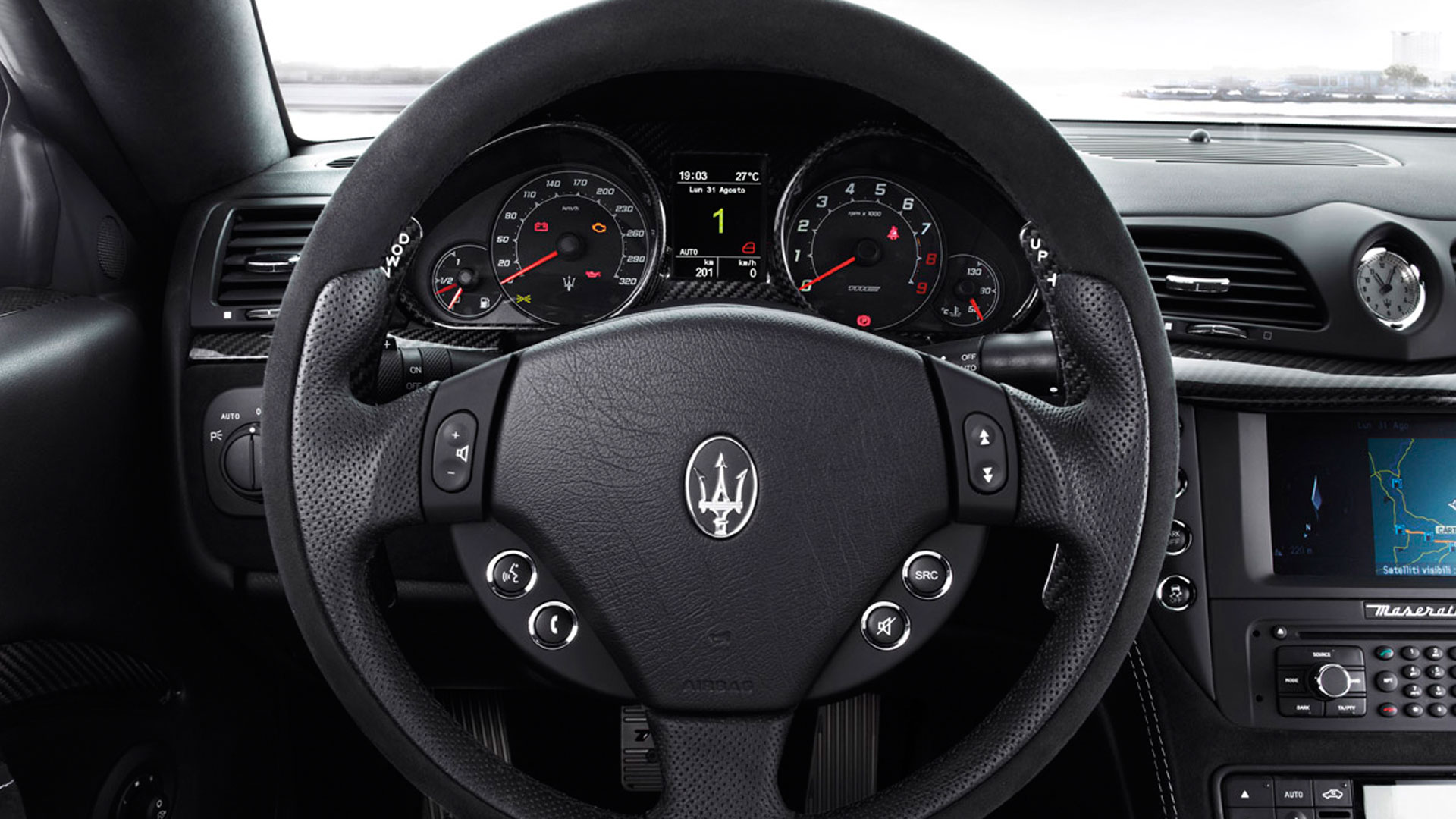 |
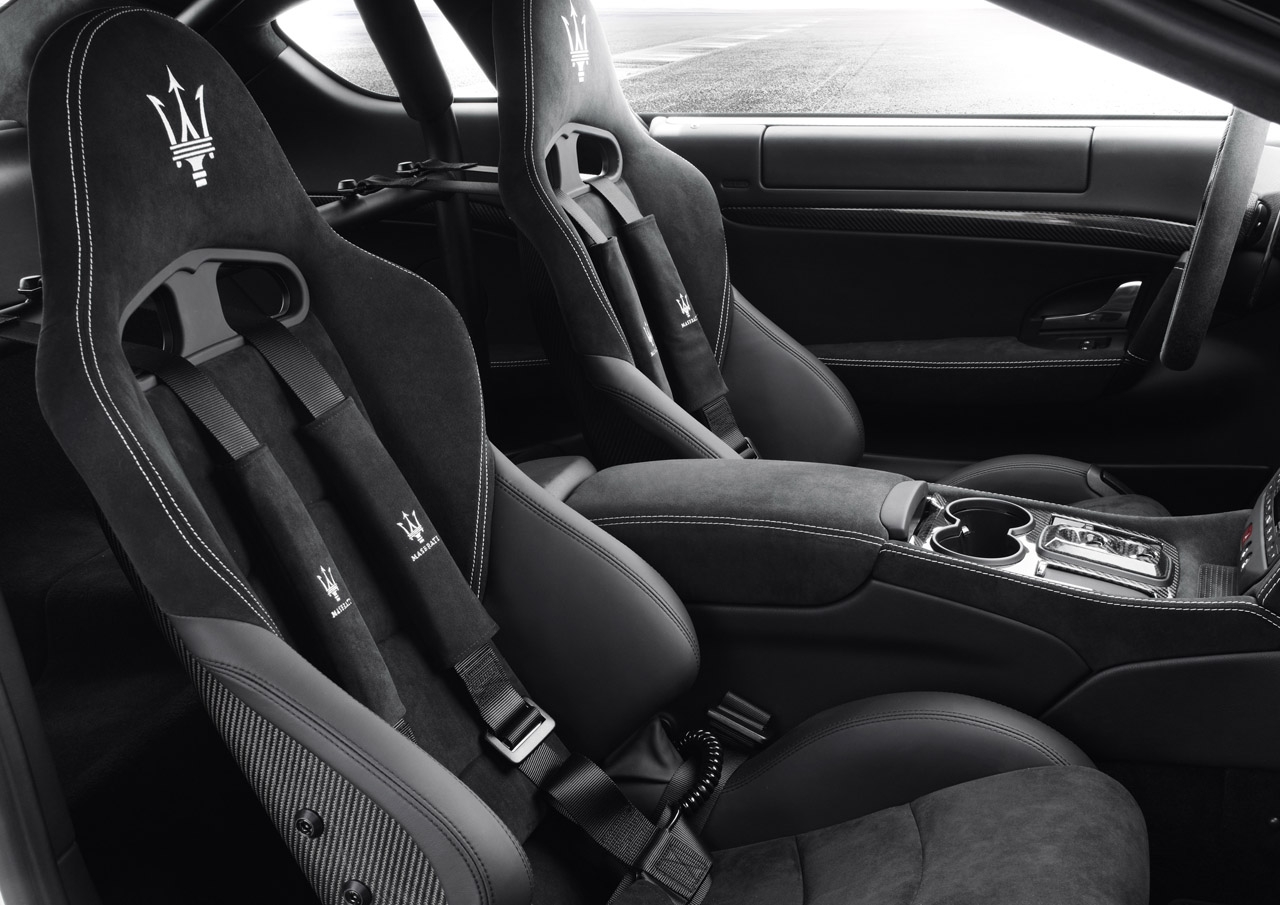 |
But, by far the most important aspect of the interior is the set of buttons immediately to the right of the steering wheel, the ones that fiddle with the ECU settings. One button in particular, the one with “RACE” written on it… well, that pretty much says it all, doesn’t it? I have to confess that I find it very difficult to dislike a car with a “race” setting. In the case of the Maserati, the race mode triggered quicker shifts, heightened response from the V8 and a nastier engine note. Perfect.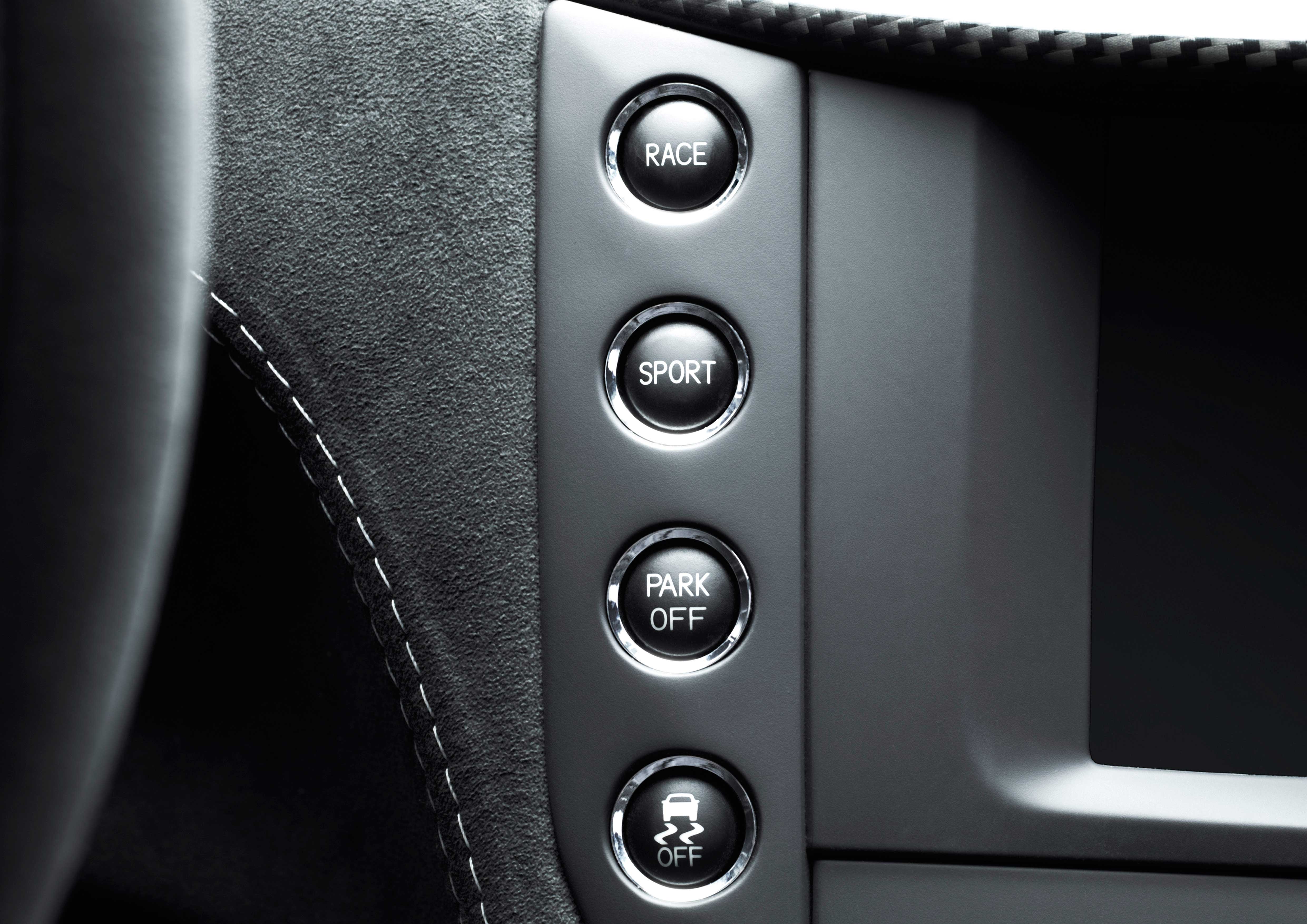
Over and above all these terrific qualities, the aspect of the GT MC Stradale that most resonated with me was its sport suspension system with continuous adaptive dampers. I’ve been regularly stunned by the suspension work of a number of manufacturers recently – Aston Martin and Jaguar spring to mind instantly, but there are others – and the engineering on the Maserati continues this very welcome theme.
The car soared across all types of road surfaces, easily absorbing imperfections in the road while, at the same time, keeping the rubber matted to the road. It’s likely that a test on a high-speed, less-than-perfectly-paved track would have revealed the bending points of this particular suspension system, but for everyday driving on the average piece of tarmac, the Maserati does the business and then some.
Last but not least, we arrive at the exterior design – the look of the supermodel, as it were. The base GranTurismo is a gorgeous design; the race-inspired additions on the MC Stradale have given the car a far more sinister appearance. The laundry list: a new front splitter, a carbon fibre hood with central air intake, side skirts, two rear extractors and forged 20-inch alloy wheels. The net effect: dynamite. (Side note: The way the designers at Pininfarina have managed to integrate the oval Maserati grille from days gone by into a 21st century car is pure magic.)
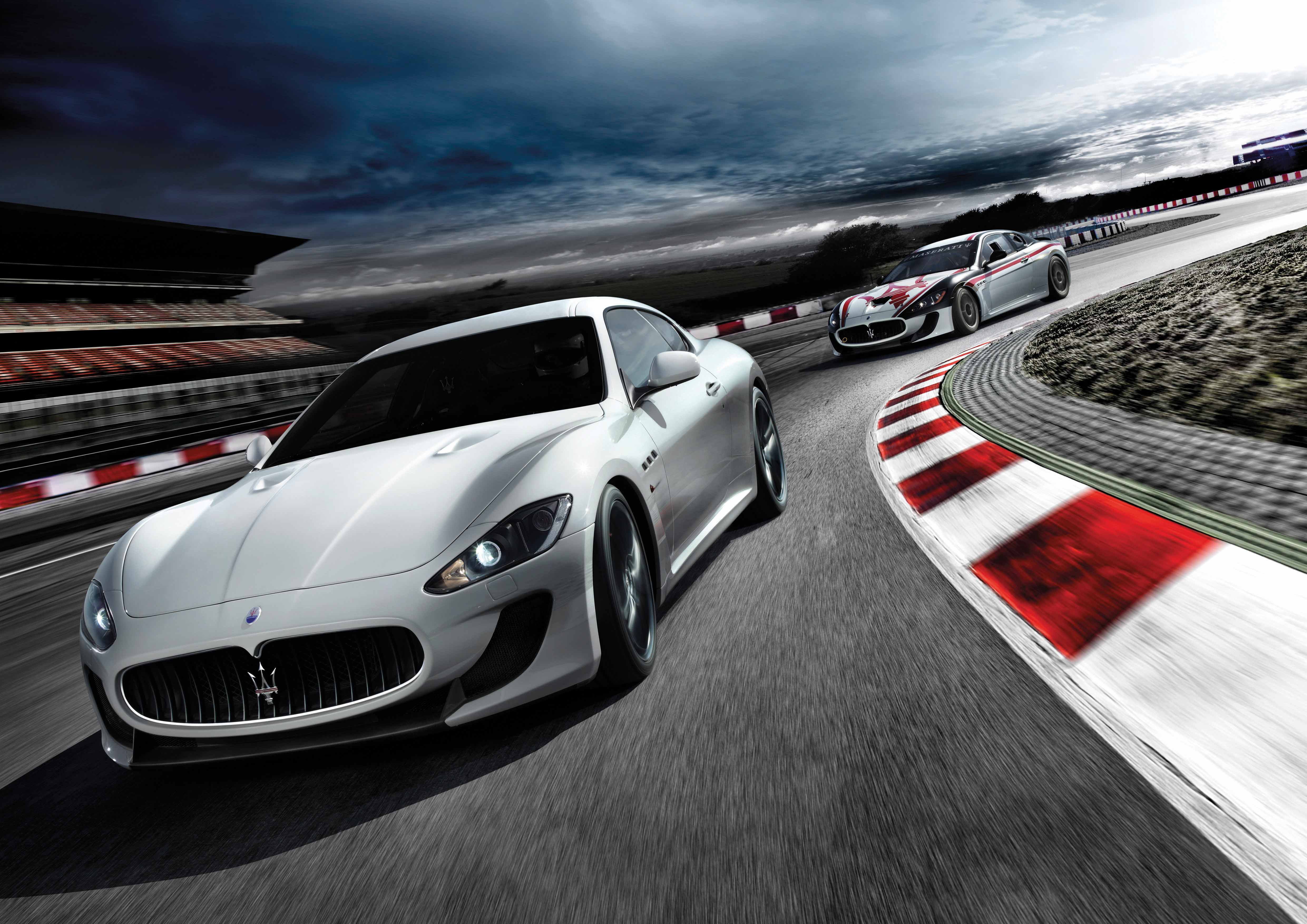
In North America, the 2014 Maserati GranTurismo MC starts at $165,900 and, to me, that just doesn’t seem like enough money.
2014 Maserati GranTurismo MC
Base price: $165,900
Engine: 4.7-litre V8
Horsepower/Torque: 454 hp / 383 lb-ft
Configuration: FR
Transmission: 6-speed automatic
Fuel economy (L/100 km): 16.6 / 11.4 (city/hwy.)




















